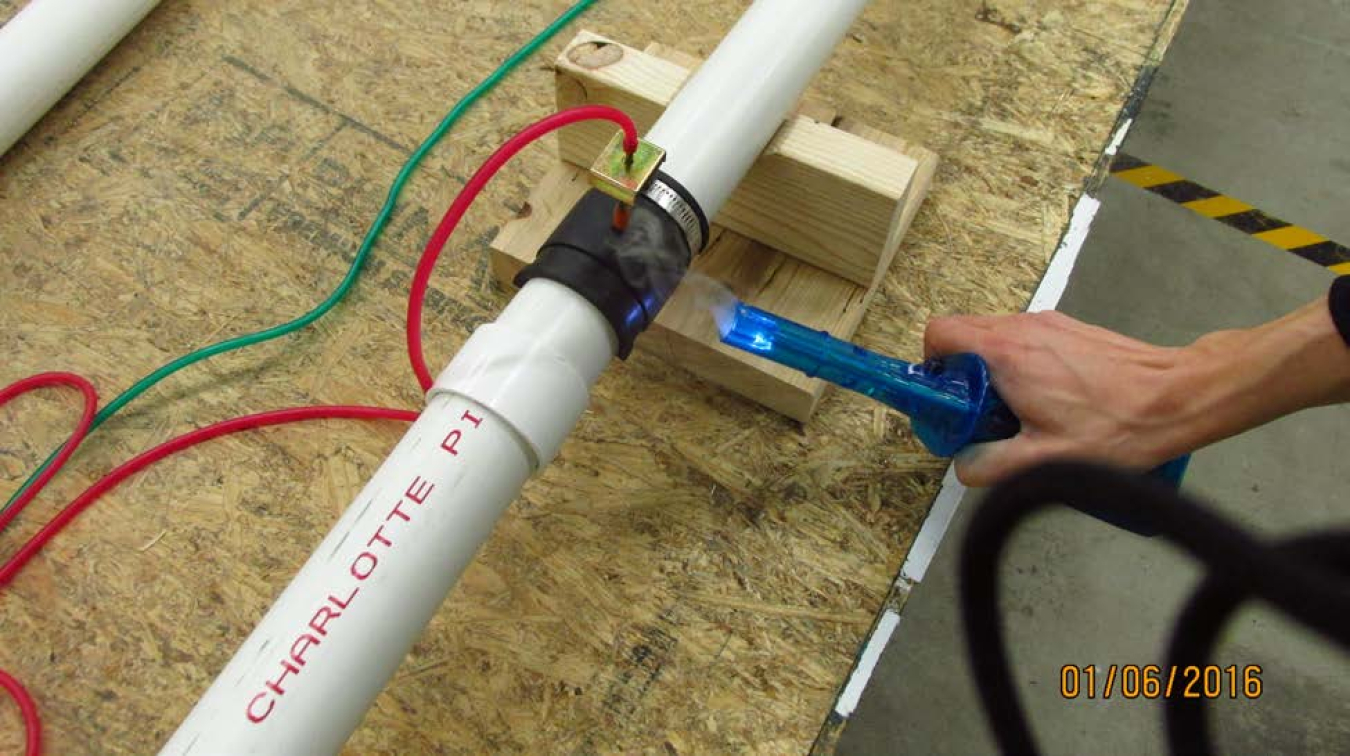
PROJECT INFORMATION
Team: IBACOS
Building Component: HVAC
Application: New Construction
Climate Zones: Cold
This project sought to address an existing need in the home building industry for innovative new approaches to space-conditioning technology, such as improved air delivery (i.e., duct) systems. The goal of this project was to develop a simplified residential air delivery system that is a solution to air distribution and comfort delivery issues in low-load, production-built homes.
This project developed a new design methodology for the plug-and-play duct system to replace existing design methods that are not appropriate for the plug-and-play “homerun” approach (an approach where a series of same-sized ducts that terminate in rooms throughout the home return to a central manifold). Lab testing and modeling was completed to determine the appropriate materials and duct diameters that are needed to adequately condition homes built to the IECC 2009 and 2012 enclosure requirements. A time and motion study was also completed to determine the labor and material costs of the plug-and-play system compared to a traditional trunk-and-branch system. A few key outcomes of the project include:
- A new design methodology was developed where a designer uses a calculation spreadsheet to assist in selecting the number of equal-sized ducts needed to condition each zone.
- Lab testing and modeling found most homes up to 4,200 ft2 in climate zones 3–5 could be adequately conditioned with 3-in.-diameter smooth ductwork.
- Smaller homes could be conditioned using 2.5-in. or 2-in. smooth ductwork.
- The plug-and-play systems require only 5 different components, compared to the 18 needed for a trunk-and-branch system, making it much easier to manufacture, stock, order, and process the necessary components.
- If the piping is made of a thinner-walled pipe in the schedule 10-15 range, this could potentially reduce the material costs.
- Plug-and-play systems are better positioned to avoid the additional cost of return air by using door undercuts as a means of return air transfer.
- The industry feedback received on the plug-and-play duct concept involved a real interest in the technology, specifically where this technology could help builders improve performance and increase the bottom line.
Read more about this success story on the project web page.
Learn more about Building America’s work.
Related Publications
- Technical Report: A Plug-and-Play Duct System Evaluation
- Fact Sheet: Novel, Simplified Air Delivery System Design Gets Commercialized

